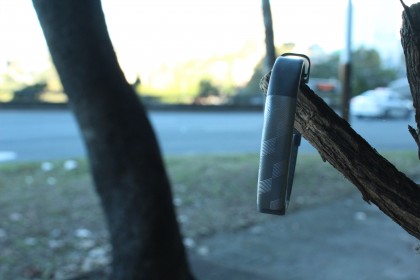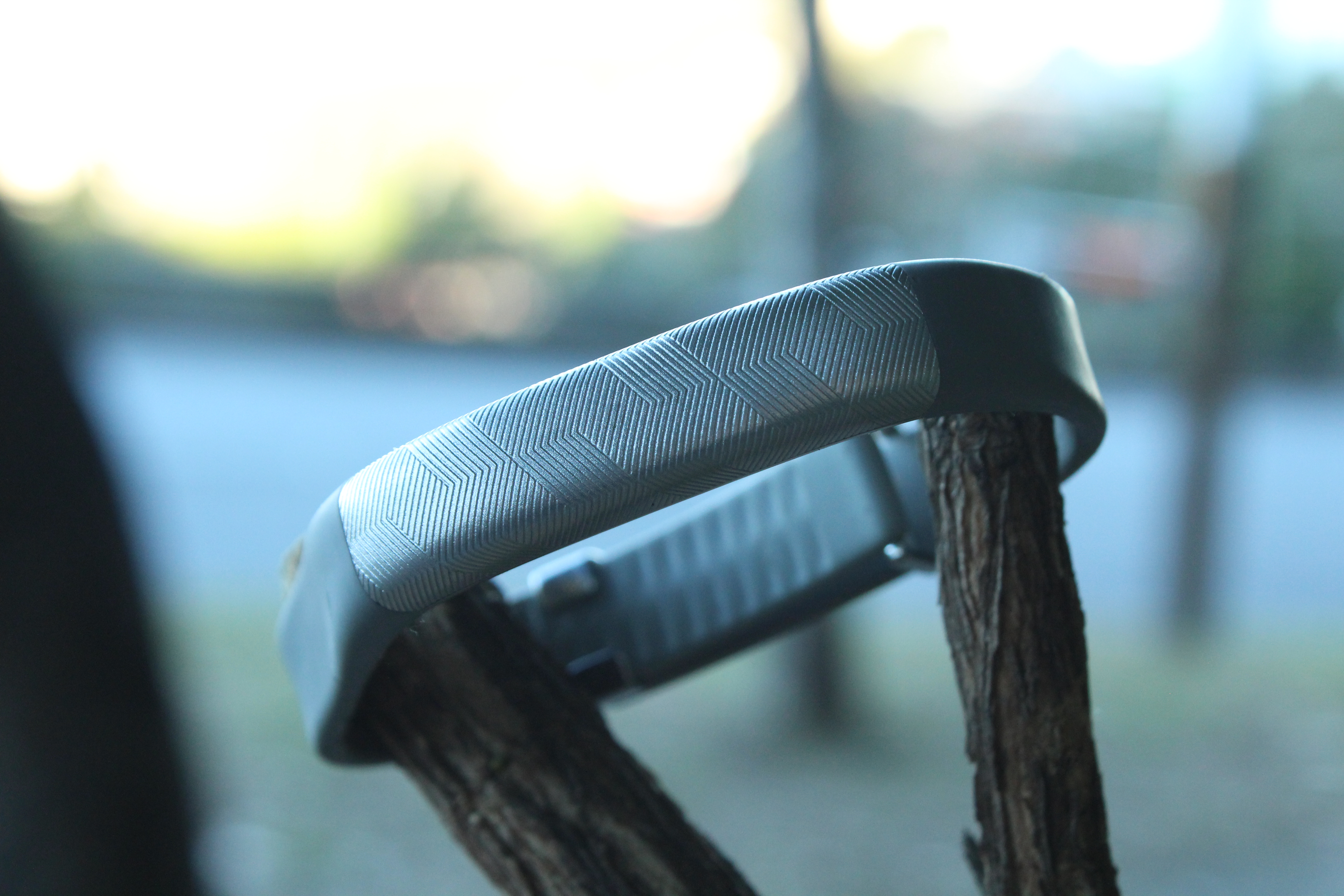Why you can trust TechRadar
Compatibility
If you want to start shaking things up with Jawbone, you're going to need a phone with Bluetooth 4.0 for that low-energy data syncing. Of course, on the Android front, having Bluetooth 4.0 does not guarantee compatibility.
According to Jawbone's website, the UP2 requires one of the following Android phones to work: HTC One, HTC One (M8), HTC One Max, HTC Droid DNA, LG G3, LG Nexus 4, LG Nexus 5, Motorola Droid Mini, Motorola Moto X, Motorola Moto G, Motorola RAZR M, Samsung Galaxy Grans 2, Samsung Galaxy Note 2, Samsung Galaxy Note 3, Samsung Galaxy S3, Samsung Galaxy S4, Samsung Galaxy S5, Sony Xperia VC, Sony Xperia Z1, Sony Xperia Z1 Ultra, and the Sony Xperia ZL.

You'll notice that the list of compatible Android handsets there seems a little dated. And it is. The good news is that you might be able to get the UP2 working with more recent handsets – we managed to download the UP app to the HTC One M9 and a Samsung Galaxy S6 Edge, for example, but couldn't actually get the band to pair to the device.
It could be a case of more devices coming in the near future, but it's definitely a case of buyer beware for Android users – if you have a recent handset, you'll want to check it pairs before you hand over your cash.
On the iPhone front, the device works with every iPhone since the iPhone 4S, plus the 5th gen iPod Touch, 3rd gen iPad, plus the original iPad mini and iPad Air.
Price
Jawbone has very carefully expanded its range this year to try and cater to all parts of the growing wearables market. For the price conscious they have the UP Move, and for the top-of-the-line they have the UP3.
The UP2 sits firmly in the middle, and is arguably the best option out of all three.
The UP Move, while affordable at US$49 / £39 / AU$69, lacks the same level of style and simplicity of the wrist-mounted devices. The UP3, meanwhile, features a whole heap of sensors that aren't really delivering useful information yet, and at US$180 / £150 / AU$249 seems to be somewhat too much of a premium.
The UP2 will set you back US$99 / £90 / AU$149, and feels like much better value for money than its more expensive brethren. Even compared to the Fitbit Charge, its most direct competitor, the UP2 feels like it's offering a better deal.
We Liked
There's no escaping the fact the Jawbone UP2 is a remarkable piece of engineering. More fashion bracelet than clunky fitness tracker, the UP2 looks great on the wrist while doing a respectable job at keeping tabs on your fitness levels.
The UP app continues to stand out as the best bit of software for this new category of devices, breaking down the data in a friendly, easy way so you can actually understand what it all means.
Having the social integrations – from the ability to challenge your friends to the open API integrations with other platforms – makes the UP a robust system for anyone looking to track both their activity and they sleep over time.
We disliked
Despite a more robust body than the UP24 it's replacing, the UP2 still feels like it's made a few too many sacrifices. The proprietary charging cable is pretty poor: it's short, has a magnetic connection mechanism that doesn't engage properly with the port on the band, and charges quite slowly as well.
The touch interface, while adding to the strength of the new look, is temperamental at best, and makes switching between modes a frustrating experience. Especially when rival Fitbit automatically detects sleep mode without any user input.
There's also a real question of compatibility issues for owners of newer Android phones.
Final Verdict
If your heart is set on joining Jawbone's ecosystem, then the UP2 is almost definitely your best point of entry. With a more robust body than the UP24, yet without the unjustified price tag of the UP3, it delivers a good experience at a reasonable price.
But in this competitive new market, you can't help but feel that Jawbone has slipped up a bit with this generation of devices.
Its app is still arguably the best out there for delivering the most useful information to users, but the hardware itself, while attractive, fails to deliver a frustration-free experience.
Given that rivals Fitbit have largely achieved this with their Charge products, it puts Jawbone at a definite disadvantage.
